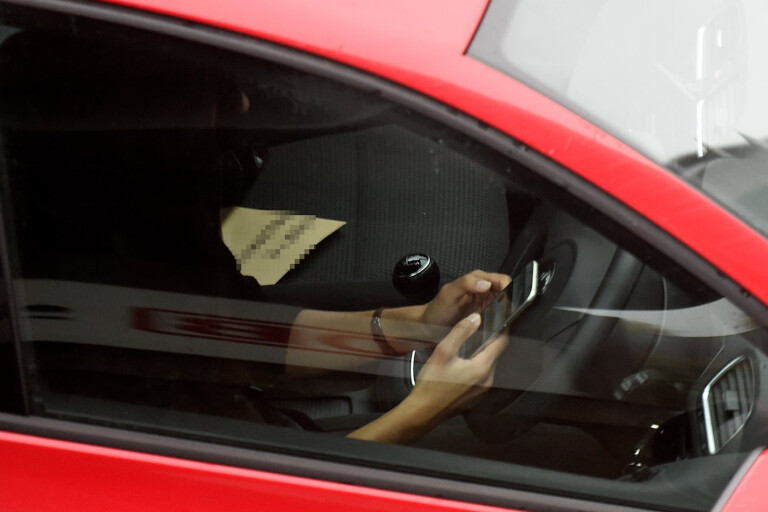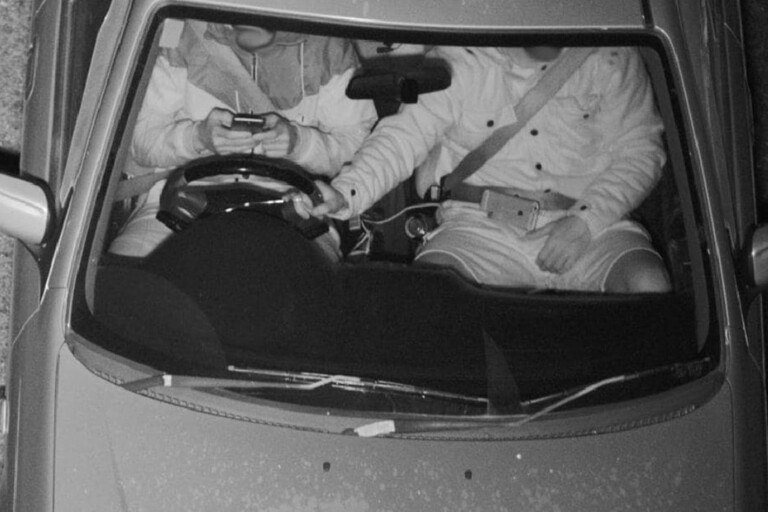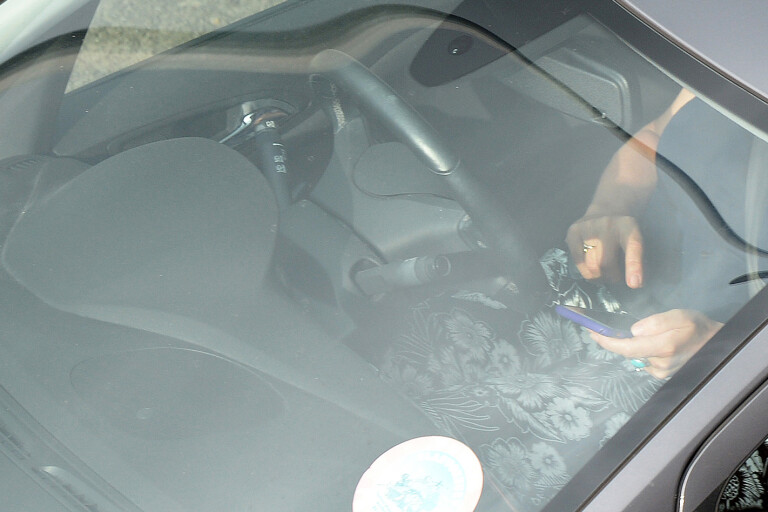
If you’re thinking about touching your phone while driving, think again. The NSW government has officially flicked the on switch for its first two mobile phone-detecting cameras today, meaning the eyes of the law will be hovering even closer in an effort to discourage distracted driving.
The trial involves just two cameras, one positioned on the Clunie Ross Street overpass on the M4 motorway, and the other on Anzac Parade in Moore Park. Oriented to look down almost vertically through windshields, the cameras will be able to see whether drivers are holding their phones below the window line, or on their laps.
A four-week test period saw an average of over 11,000 drivers a day being detected illegally using phones.

The NSW department of Roads and Maritime Services insists that the cameras are not about revenue raising.
“74 per cent of the NSW community support the use of cameras to enforce mobile phone offences. I strongly believe this technology will change driver behaviour and save lives,” said the minister for Roads, Maritime and Freight, Melinda Pavey.
The cameras will be actively detecting law-breaking motorists from today, January 7, 2019. The department says that those drivers will only receive a warning in the mail, and won’t be issued fines, initially. The department says it will start fining those detected by the cameras after April, giving the authorities time to fine-tune the cameras to eliminate false positives.
The cameras are said to work in both day and night time, in poor weather, and can detect vehicles travelling at up to 300km/h. The system uses high-resolution cameras to snap photos of each car, with artificial intelligence then sorting through each image to see if a phone is being used by the driver. A human operator then validates images that indicate a positive result.
“If, at the end of the trial, the technology proves to be foolproof, the community will be made aware of its permanent use,” Mrs Pavey said.

New South Wales isn’t the only state looking at phone-specific traffic cameras. Both Western Australia and Victoria are also examining phone-detecting camera technology – though not necessarily the same tech adopted by NSW, which is developed by Australian start-up Acusensus.
The Acusensus system, developed by Alex Jannink after a close friend was killed by a phone-distracted driver five years ago, gives cameras a top-down view. Other options being considered by WA and Victoria involve cameras either mounted by the roadside in a fixed or mobile installation, or mounted on other vehicles moving through traffic.
Currently, most mobile phone infringements are detected and enforced by motorcycle patrols. While a highly visible method of enforcement – and a powerful deterrent to other road users who witness it – according to government sources that method lacks “efficiency” compared to automated cameras.
Victoria’s assistant commissioner for road policing suggested last year that an even more draconian approach could be deployed in the state, with electronic signal jammers used to temporarily disrupt and disable the data connection of any phone inside a vehicle – presumably including those of passengers and nearby pedestrians.

COMMENTS